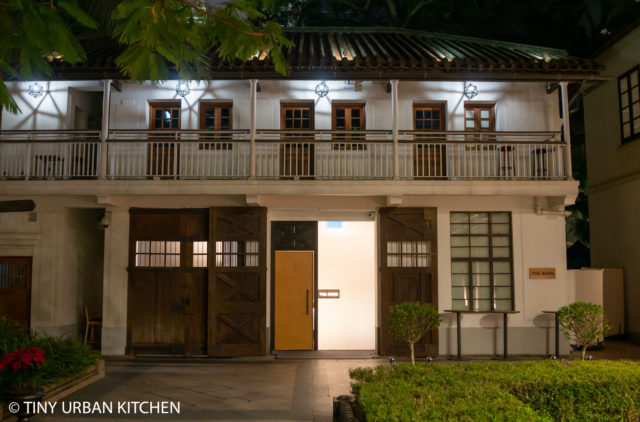
How do you celebrate a birthday during a global pandemic?
On the one hand, we have been pretty fortunate here in Hong Kong. In general the case numbers are not high and we have had months of near normalcy when case numbers were in the single digits and it almost felt like things were back to normal.
On the other hand, it's virtually impossible to plan for anything far in advance, because you have no clue how good or bad the situation will be. Here in Hong Kong, the government is quite strict when it comes to closures. For example, even as our daily new cases hover around 30-50, restaurants are still forced to close at 6PM, which has been devastating for the industry.
My birthday in the latter half of November happened right before Hong Kong's longest and most serious "fourth wave" began. Restaurants were forced to close for dinner soon after my birthday.
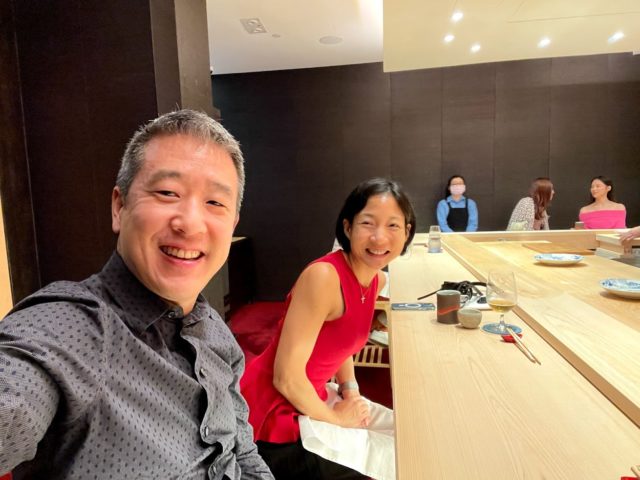
I am very thankful that we were able to enjoy a lovely, socially-distanced dinner at The Araki, one of the most anticipated sushi restaurants to open in Hong Kong in the past couple years.
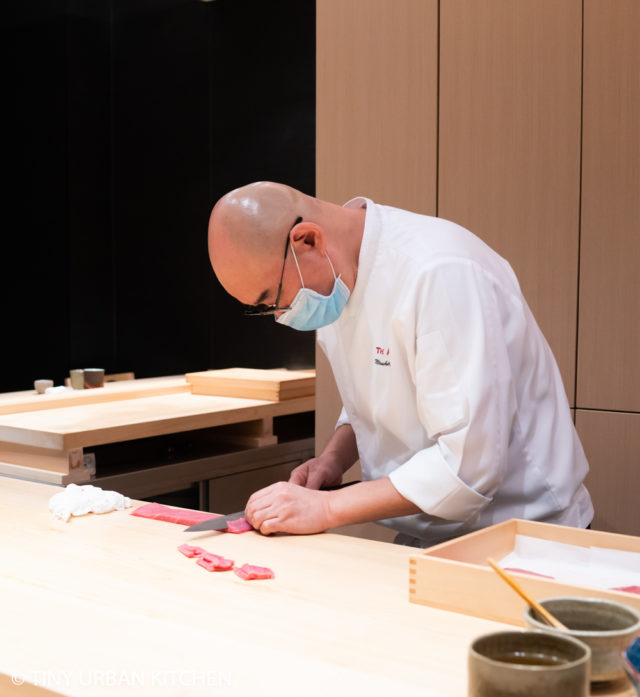
Meet Mitsuhiro Araki, renowned Japanese sushi chef. He's known for being the only Japanese chef to ever have Three-Michelin star restaurants in both Tokyo and London.
Chef Araki opens The Araki in London
He first opened The Araki in London in 2013. There, he boldly went against Japanese edomae tradition (which exclusively sources fish from Tokyo Bay), and created high-end omakase sushi meals using Japanese techniques but applied to local European ingredients.
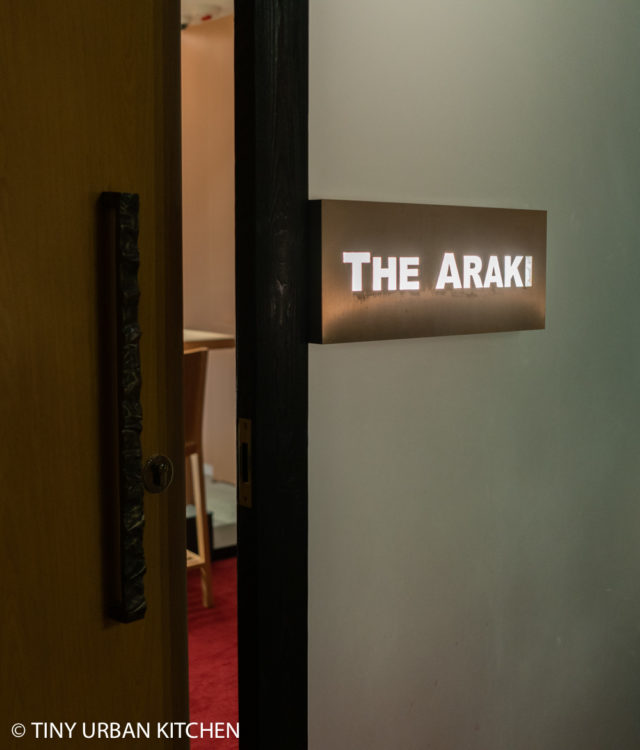
The Araki in London was wildly successful, achieving three Michelin stars in 2018. Chef Araki explored using seafood from Scotland, England, and elsewhere in Europe.
In 2019, Chef Araki decided it was time to explore yet another region's local ingredients. He set his eyes upon cosmopolitan Hong Kong, a place with a rich and abundant seafood culture, bountiful ingredients, and diners who would appreciate (and be able to afford) Chef Araki's art form.
The Araki Hong Kong
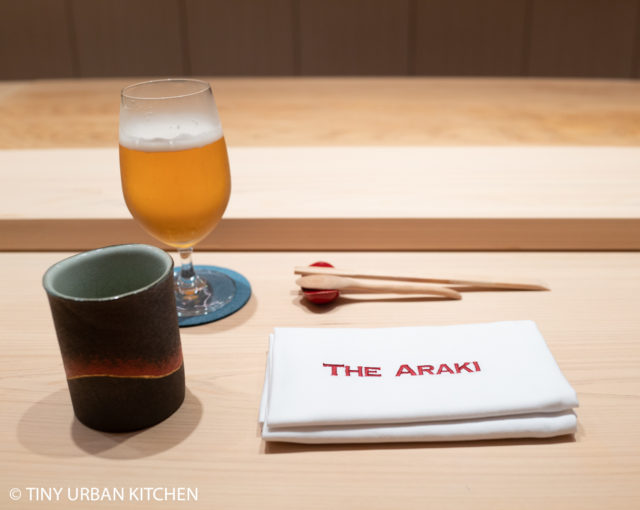
Who could have expected how the world would change when The Araki first opened its doors in Hong Kong in December 2019, merely a month before COVID-19 first reared its ugly head in Wuhan, China.
The Araki has adapted as best as it can under these circumstances. When we went, the seating was socially distant, and therefore there were only 6 diners in the (spacious, by Japanese standards) 12-seat bar.
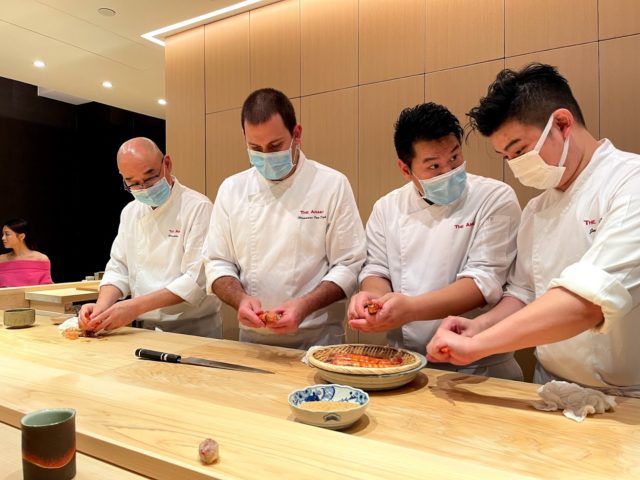
Chef Araki runs his sushi restaurants differently from other sushi places we've visited. Instead of the sole sushi master (and possibly a second-in-command) making sushi piece-by-piece for the guests of honor, Chef Araki oversees a team of trainees who work under his close eye.
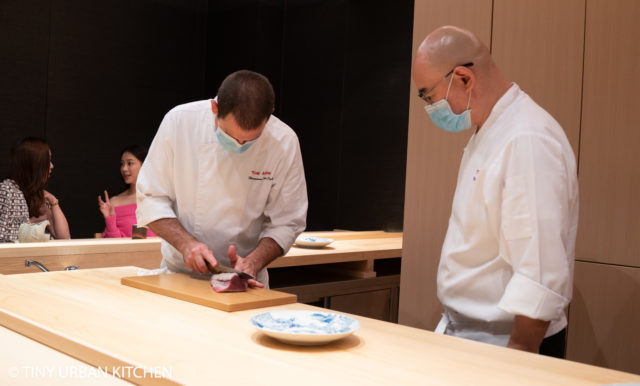
In some ways, it reminded us more of traditional restaurants, where the head chef is often seen inspecting and finalizing the plates that go out instead of actually cooking at any single station.
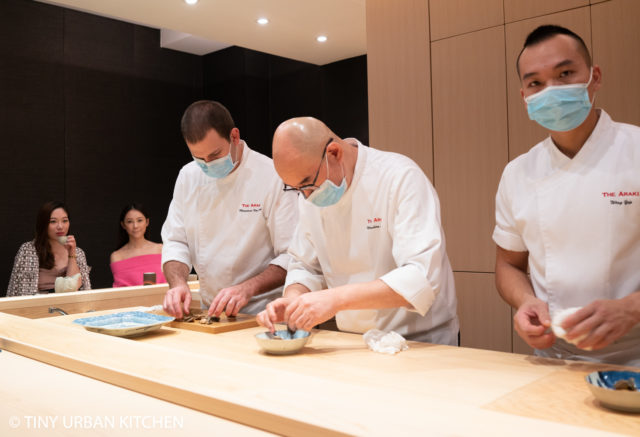
Chef Araki himself still made most of the actual nigiri sushi pieces, but his team was very involved in all of the other dishes.
The Omakase at The Araki in Hong Kong
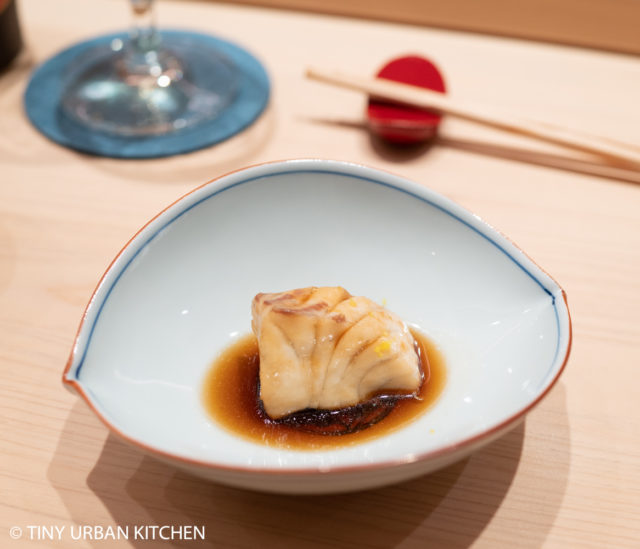
We began the meal with a piece of sea bream from the South China Sea that was lightly cooked in soy sauce, mirin, sake, and fish bone broth and a splash of yuzu zest.
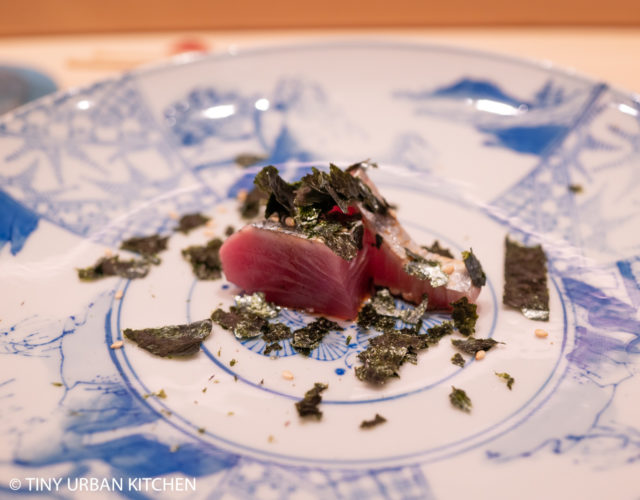
Next a classic and one of my favorites, seared bonito (skipjack) from Kyushu topped with crushed crispy nori and katsuobushi soy sauce (not pictured). This version was served cold, which is a bit different from my favorite way of eating bonito (seared it right before serving). It was still lovely.
Inspiration from Hong Kong
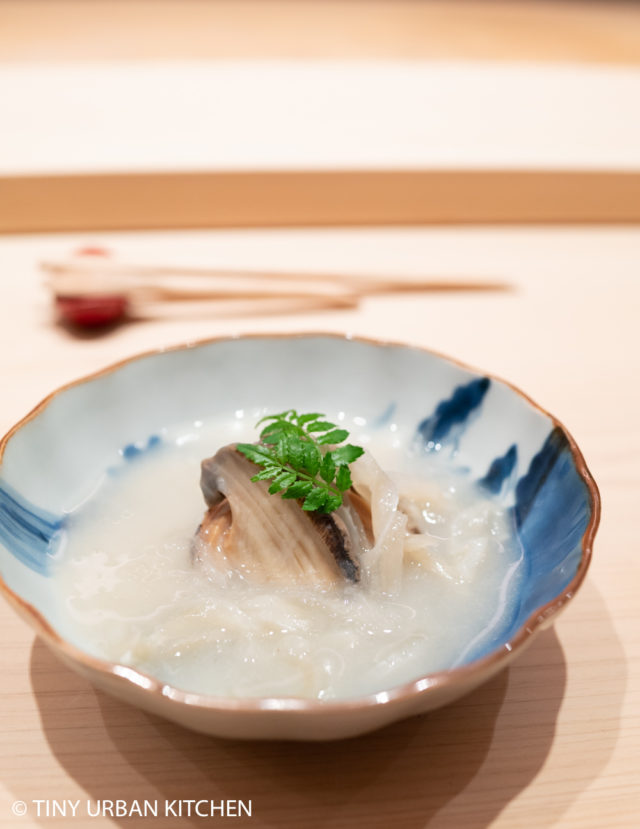
When Chef Araki arrived in Hong Kong, he took time to "study" the local cuisine, dining at a number of different restaurants in Hong Kong to understand how Hong Kongers enjoyed the local seafood.
He has since used this inspiration behind some of his dishes. Abalone, fish maw, and shark fin are among the most famous seafood delicacies in Hong Kong. For our third course, Chef Araki combined all three - abalone from Dalien (China), fish maw, and shark fin - in a congee made with Japanese sushi rice. The chef completed the presentation by slapping a sansho pepper leaf to bring out flavor before serving.
The congee was light and pleasant, though didn't necessarily blow us away. I personally found the abalone to be less sweet or flavorful compared to the Japanese ones I typically have at a sushi restaurant. At the same time, we appreciated Chef Araki's efforts in seeking to understand the local cuisine and incorporating it into his omakase.
Nigiri Sushi
Chef Araki is most known for his tuna, and his tuna is truly excellent. He sources all of his tuna from Japan (that's a bit too hard to source locally!). His signature method is to serve two little nigiri sushi pieces instead of one. He believes that fatty tuna is too fatty as one bite, so he prefers to make two smaller ones for a more pleasant eating experience.
I was personally thrilled to get two mini pieces, and they were fantastic.
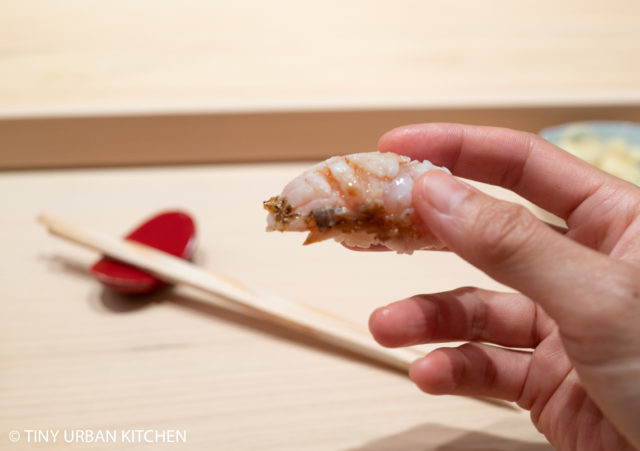
I am a complete sucker for seared fish in general, and I absolutely loved this next course, a light seared nodoguro (black throat sea perch) from Yamaguchi Prefecture in Japan.
We return to locally sourced fish, including this red sea bream from the South China Sea (served just a bit warm), and a kombu cured perch (right).
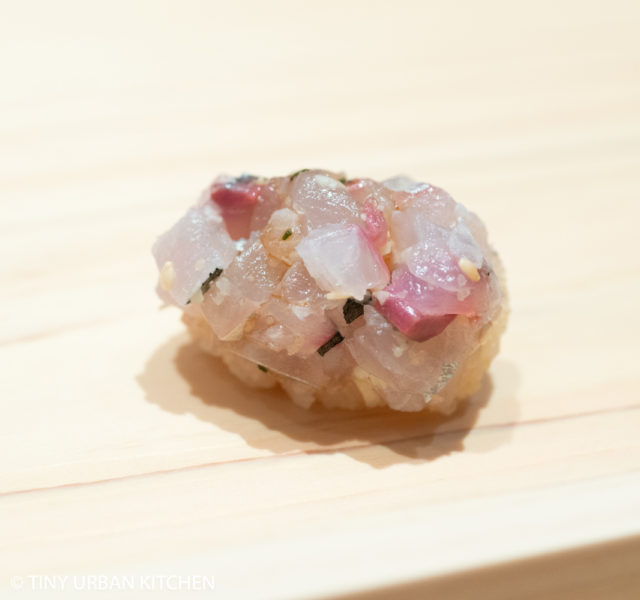
Next was a red horse mackerel and a negi soy ebi obolo with sesame seeds. An obolo is something that is mixed for a long time until it became dust.
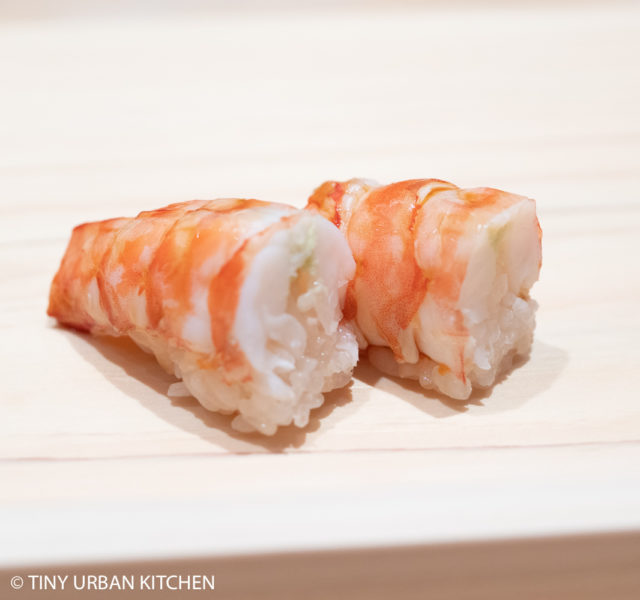
Akahashi (Red Lake) prawns ebi from the South China Sea are usually boiled at high temperature for a short time, but Chef Araki chooses to use sous vide, bringing out more flavors.
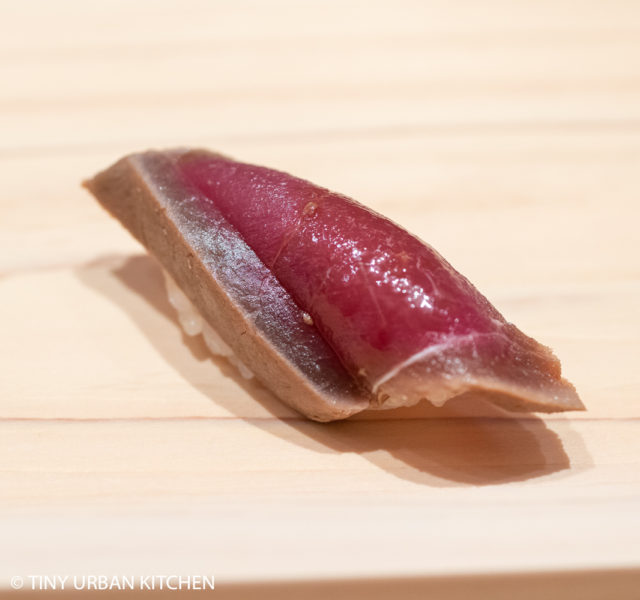
This cured tuna was marinated in a dashi soy sauce mixture for 2-3 days.
Uni + Ikura
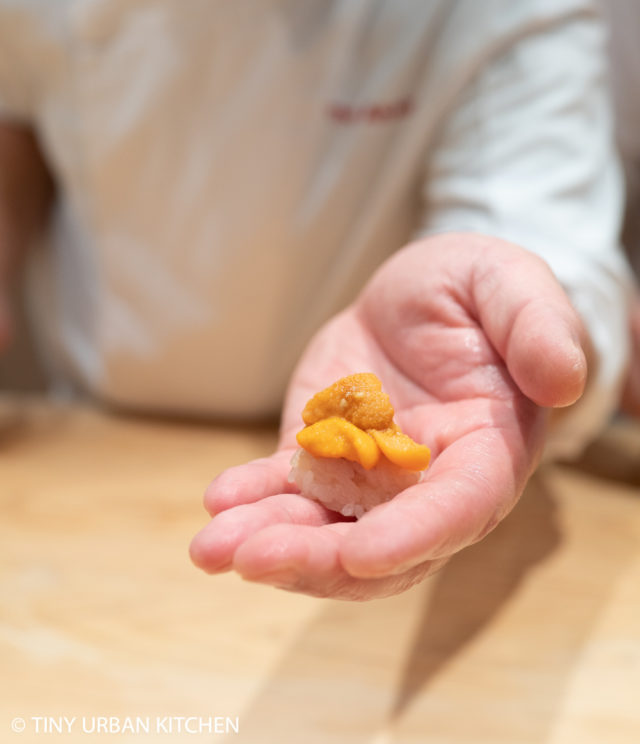
bafun uni 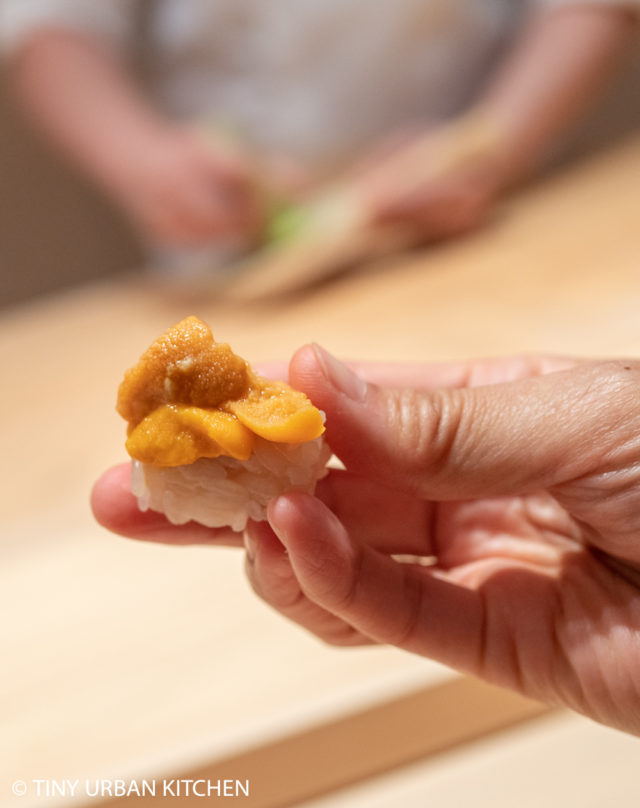
bafun uni
Another ingredient Chef Araki needs to source from Japan is uni. Here we enjoyed my absolute favorite type of uni, bafun uni.
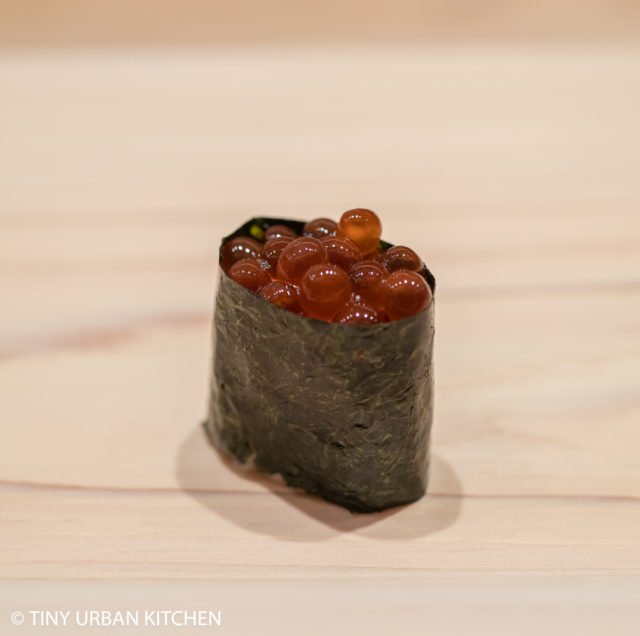
Their ikura (salmon roe) is marinated in a mixture of normal soy sauce, katuobushi soy sauce, mirin and sake for 26 hours. I personally found it to be pretty strong and salty.
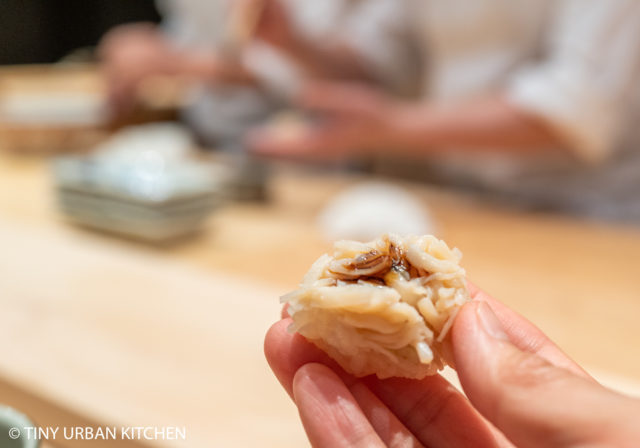
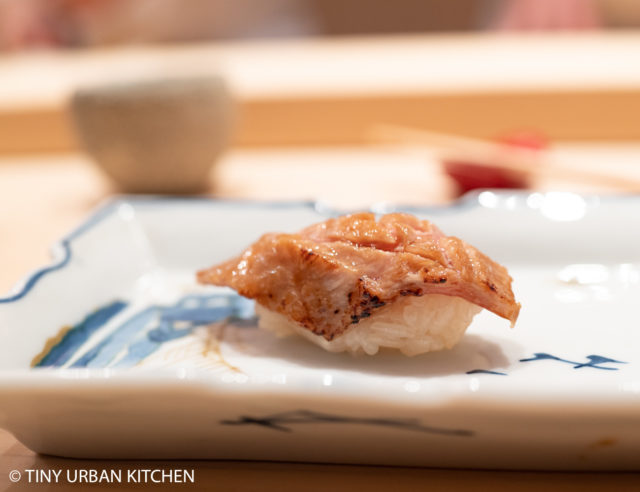

Tamago + Kampio Maki
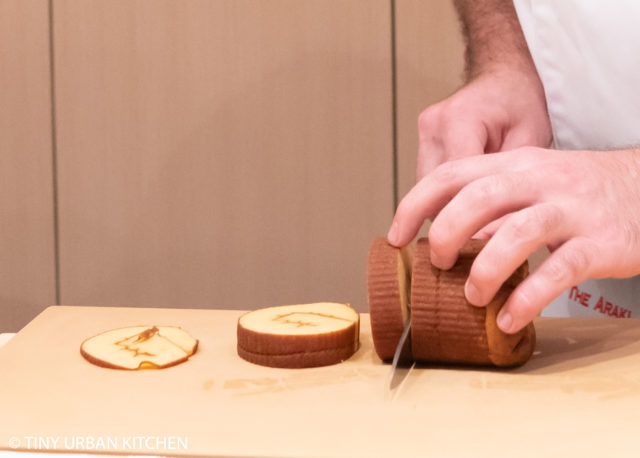
The tamago course at The Araki is definitely one of the most creative versions I've ever seen.
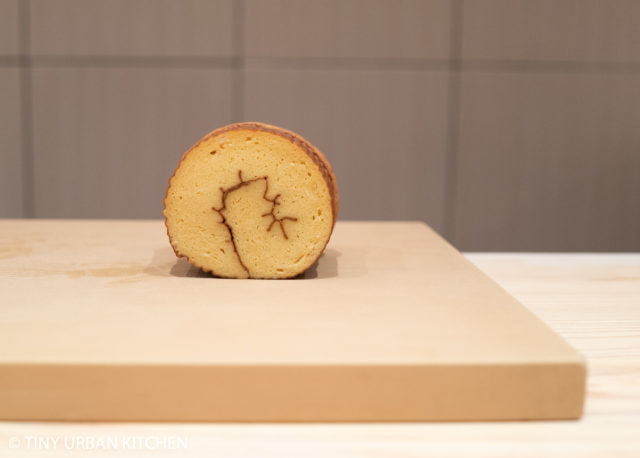
Taking on the appearance of a typical Hong roll cake, The Araki's tamago also writes out the Japanese character の. Chef Araki beautifully incorporates elements of Hong Kong culture while still preserving all Japanese traditional aspects (and then some!) of this final course.
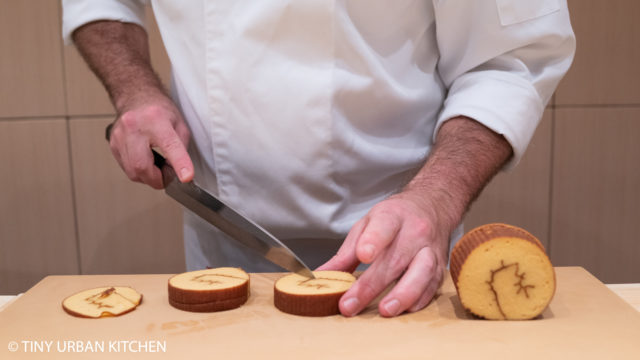
This sweet and savory cake derives its complex flavors from sea bream, abalone, and Hong Kong honey.
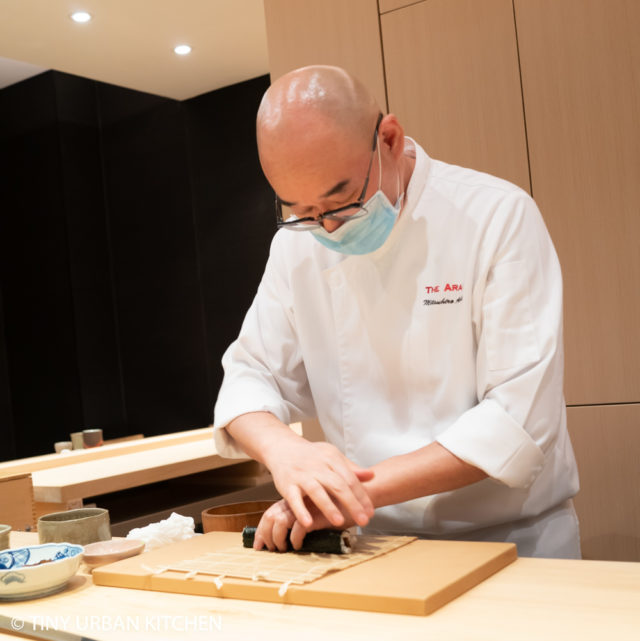
As Chef Araki begins preparing the ingredients for a kampio “pickled gourd” maki, we begin to feel sad, knowing the meal is almost over.
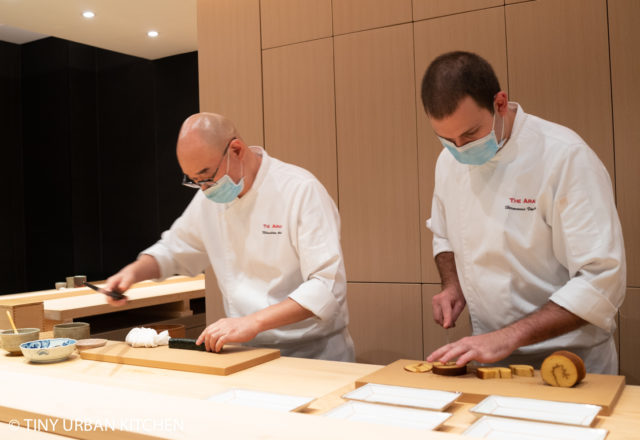
We end the meal with a slice of tamago egg "roll" and half a kampio maki roll.
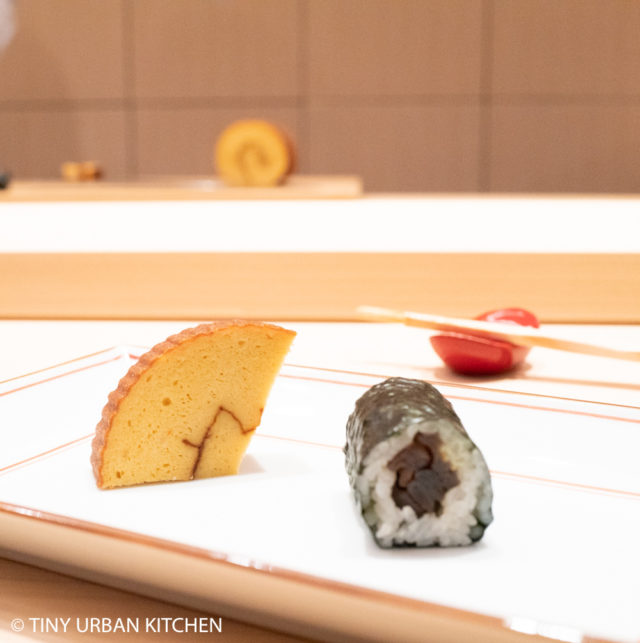
Optional Uni, Ikura, and Toro Temaki Hand Rolls
Chef Araki then kindly asked us if we were full, or perhaps we would be interested in an optional handroll?
This was the first time I've ever seen every single diner in the restaurant (including myself) opt for the handroll. Bryan opted for uni, ikura, and toro, while I went with the simple, pure chutoro hand roll.
Such a perfect way to end the meal.
General Thoughts - The Araki Hong Kong
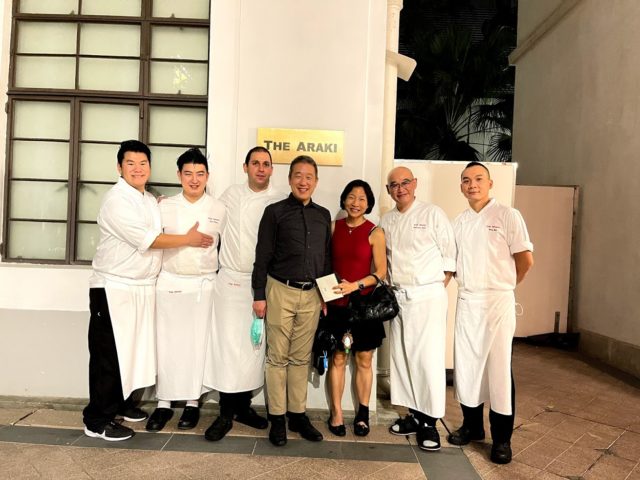
We really, really enjoyed our meal at the Araki. I was so thankful to have the opportunity during an open "window" during this pandemic year to physically dine at the restaurant.
The sushi quality is top notch. I absolutely loved the double "mini" tuna nigiri, seared pieces, and the surprise element that came with unusual or creative Hong Kong inspired dishes. I really admire Chef Araki's desire to challenge himself to explore new ingredients in a new locale. It's quite bold, and it's quite fun to see his thought process and creations.
It's always a bit risky to try and "improve" a dish that has been honed over centuries of refinement, especially from a culture that literally has thousands of years of history. The result can be brilliant, or it can sometimes fall short.
For example, although the abalone "jook" 粥 congee was light, pleasant, and enjoyable, I still prefer traditional Cantonese dishes made with those ingredients. Still, I appreciate Chef Araki's willingness to learn about the local food and to explore. I am very interested in seeing how he develops his menu over time as he learns more and more about Hong Kong.
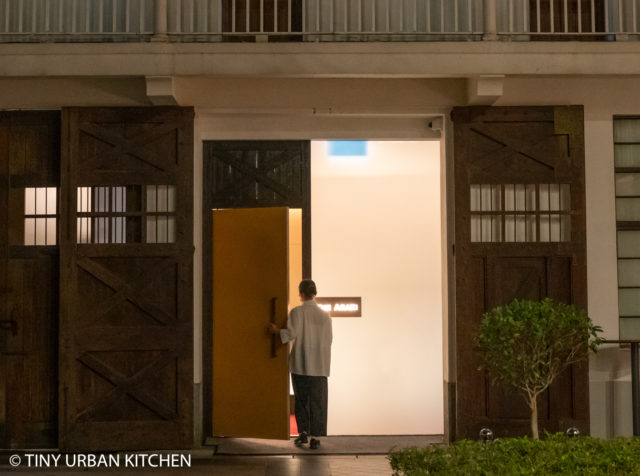
Just last week, The Araki Hong Kong achieved its first Michelin star. It's already a feat to receive a Michelin star within one year of opening. It's quite another to open in protest-battered city in the middle of a global pandemic, adjust to a completely different country, and create a brand new menu based on never-before-used, unfamiliar local ingredients.
Congratulations to this hardworking team for this fast achievement. As Chef Araki's other two restaurants achieved three Michelin Stars, it will be interesting to see how The Araki continues to develop and refine its menu over the next few years.
Useful Details
The omakase meal costs HKD4000 a person plus 10% service charge and must be booked and paid in full in advance, either via the website or email. You can cancel within 48 hours (or 7 working days if you are a party of 6+). If you're late by more than 15 minutes, they reserve the right to consider you a "no show" and you forfeit the entire amount you paid (!).
The restaurant closes on Sundays and Mondays.
Currently, due to COVID-19, the capacity is six seats, but I believe they can set up to 12 during normal times. They are also now only open for lunch.
1st Seating: 12:00 (last entry 12:15)
2nd Seating: 14:30 (last entry 14:45)
Chef Araki speaks very good English and they have staff that speak Mandarin, Cantonese, and English as well.
The Araki Hong Kong
FWD HOUSE 1881
Main Bldg, 1881 Heritage
2A Canton Road
Tsim Sha Tsui, Kowloon
+852 3988 0000








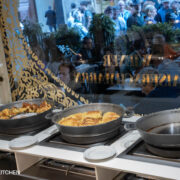
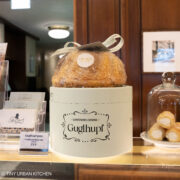
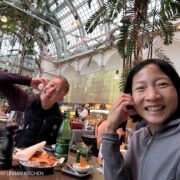
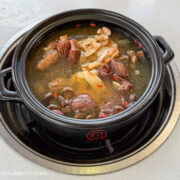

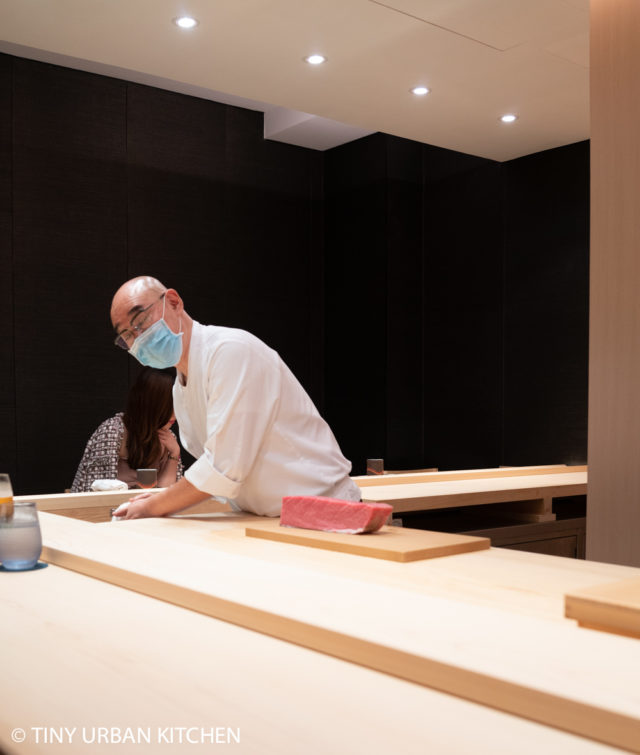
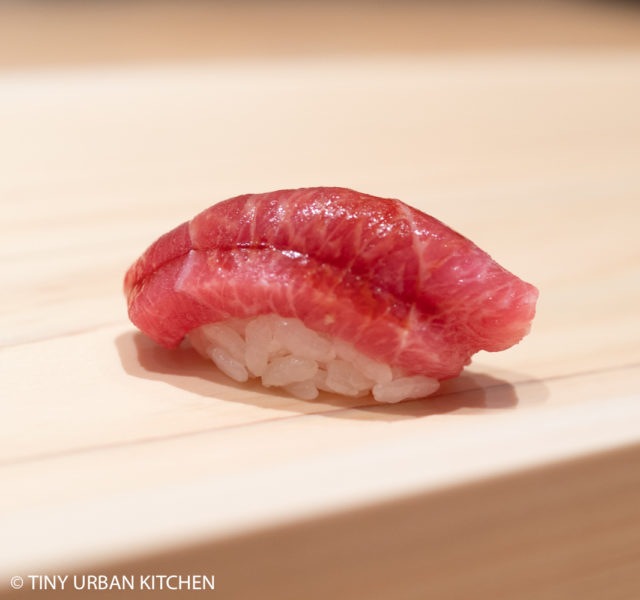
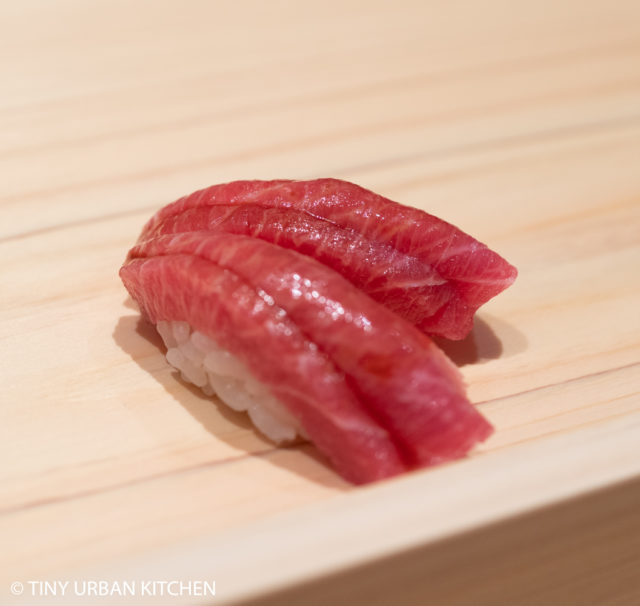
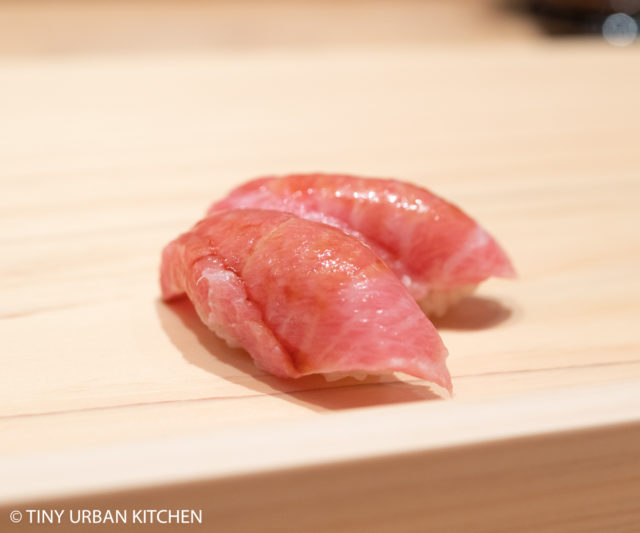
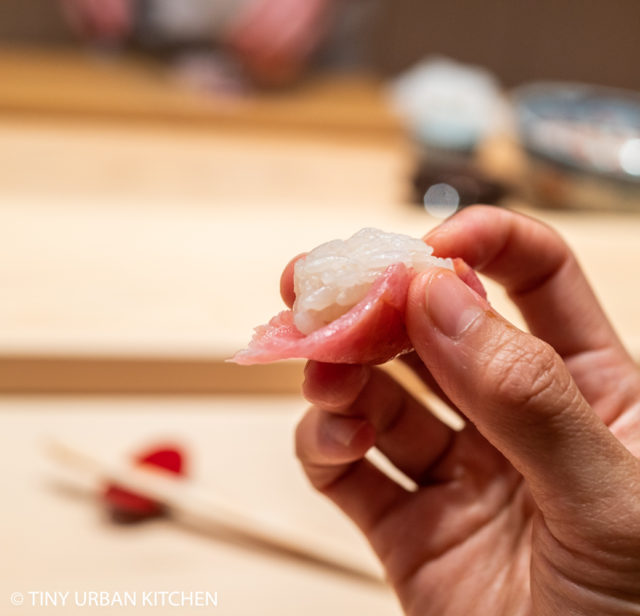
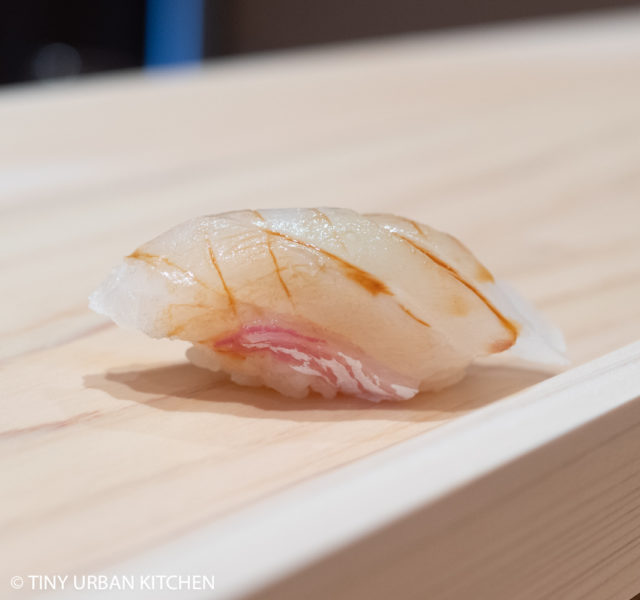
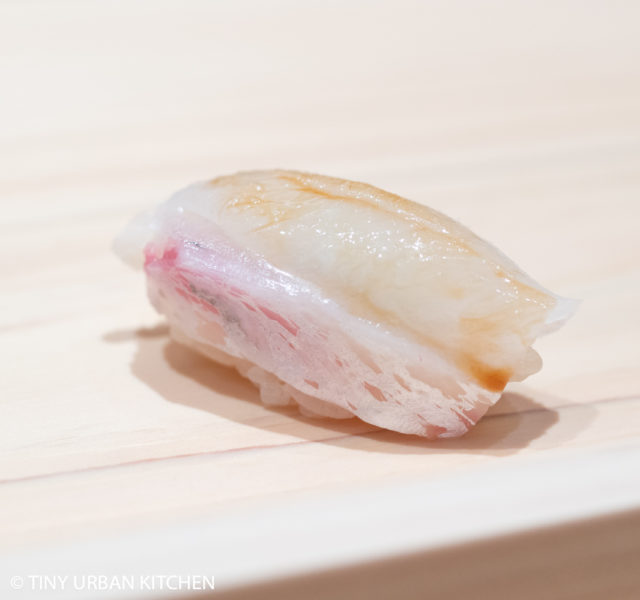
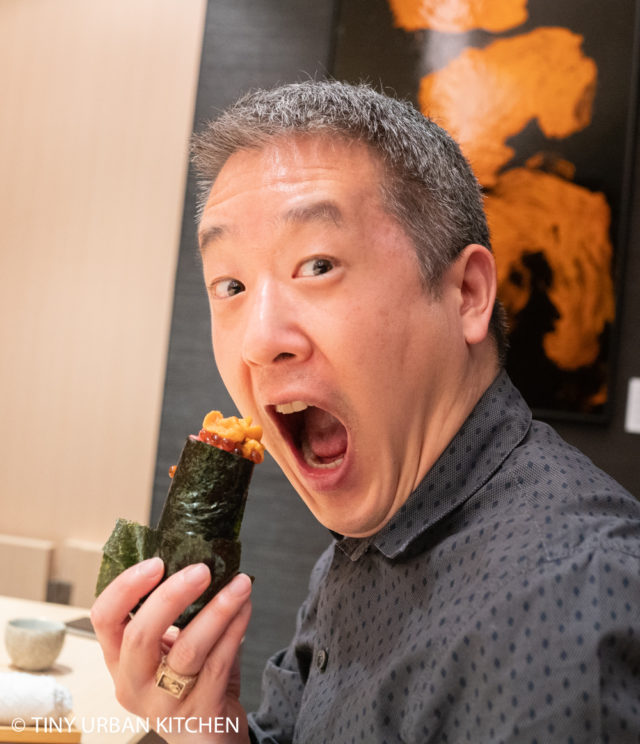
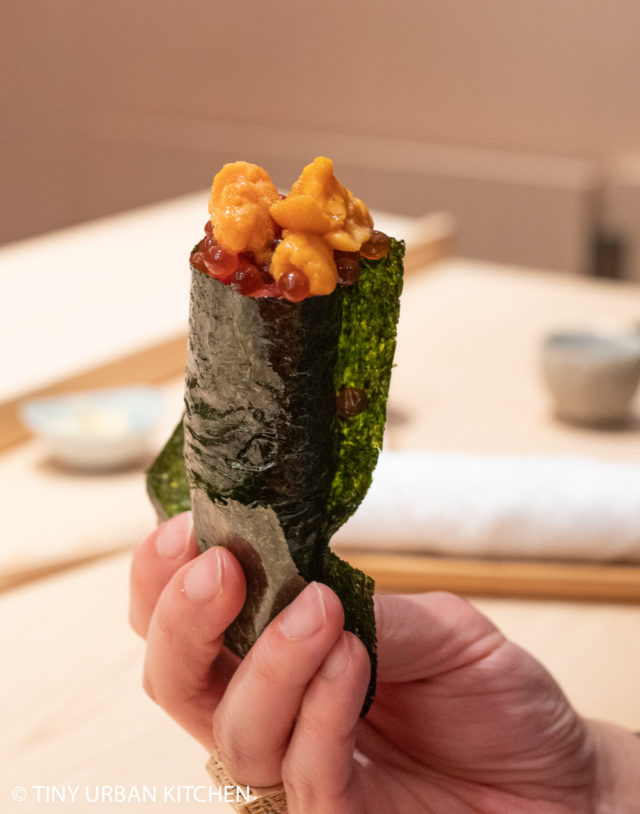
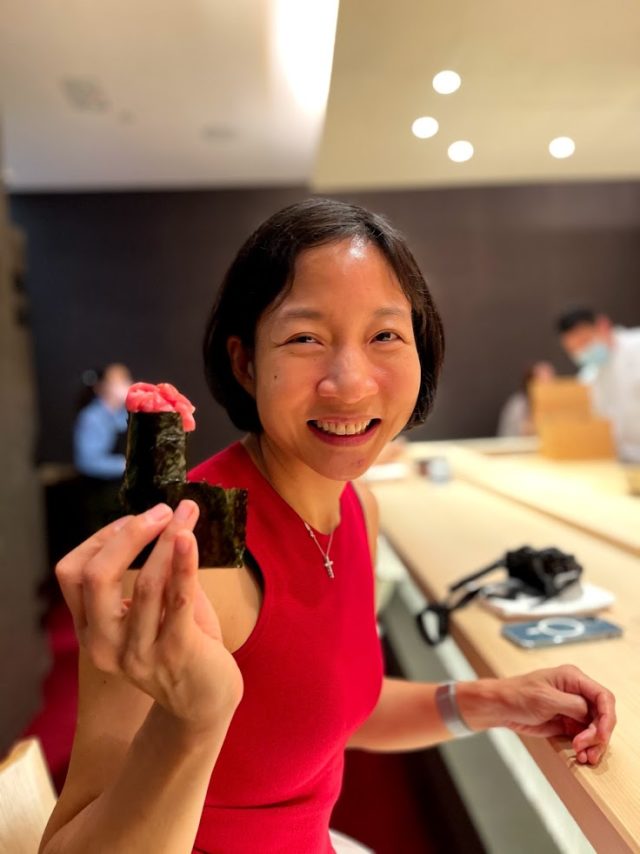
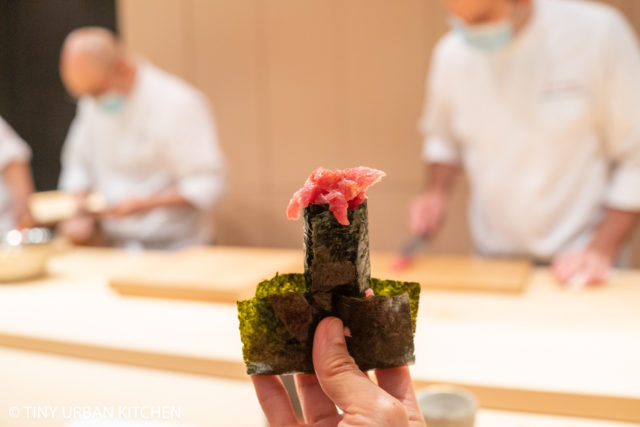
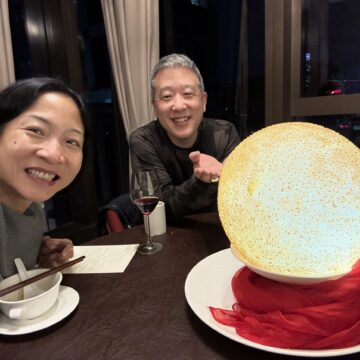
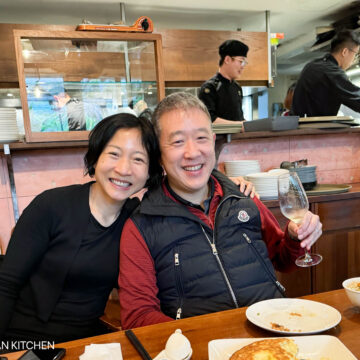
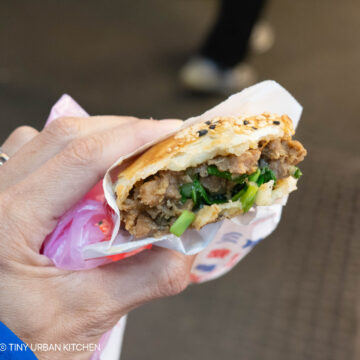
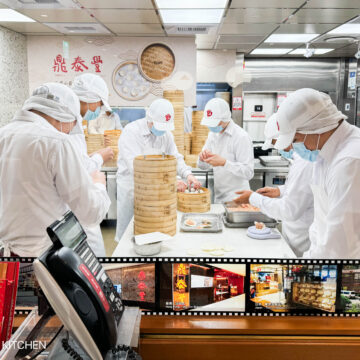
[…] Read More » […]